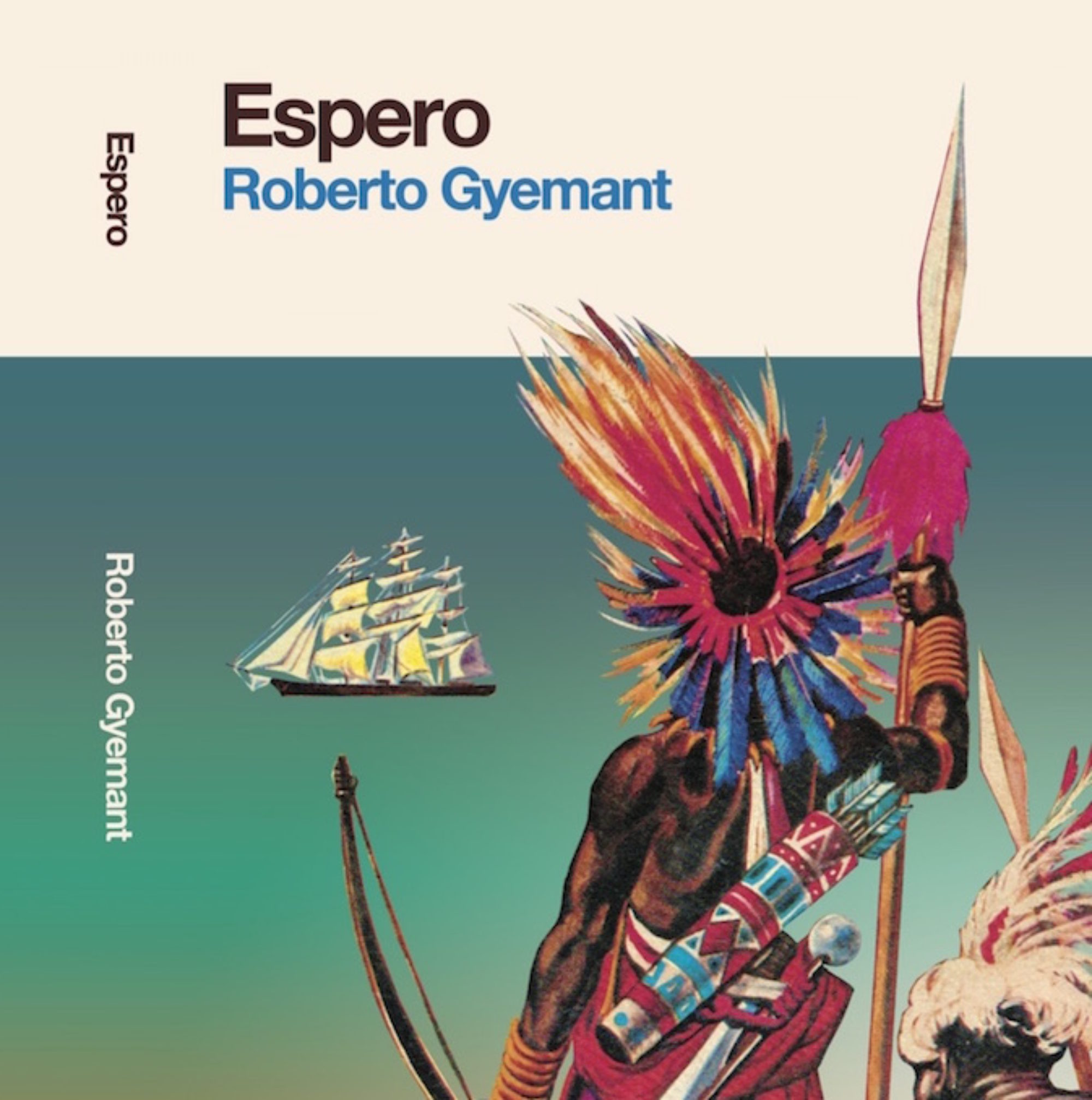The first is the original, by the composer – Silvestre Mendez. Oriente again – “Son de Mayari, Guantanamo Son.” The song appears on his excellent (and not easy to find) debut LP from Mexico on the Musart Label, Silvestre y su Tribu. This LP is a snapshot of a fascinating era, the era of the Zoot Suit clad Rumberos (Silvestre, like his friend Chano Pozo, was a quintessential Rumbero) and Guaracheros like Orlando “Cascarita” Guerra and Kiko Mendive, as well as the Rumberas of the Golden Age of Frijolywood in Mexico City.

Silvestre was a real Rumbero, dancer and barrio composer who had an ear for catchy hooks – his compositions are still classics in the AfroCuban Canon. He had a fruitful career in La Habana in the early ’40s, composing the song “Tambo” for the pathbreaking/regionally influential Miguelito Valdes and Orquesta Casino de la Playa. The Rumbero moved to Mexico City in 1946 and immediately became a key part of the scene, acting in movies with Cuban-born Rumbera and movie star Maria Antonieta Pons and composing the hit “El Telefonito” for the great Cascarita (with Perez Prado).
Silvestre recorded at least 4 LPs in Mexico, and composed hits such as “Cha Cha Guere” (search for Celia’s version), “Yiri Yiri Bom” (which Beny Moré – the greatest singer the Antilles ever produced – absolutely crushed), and Mi Bomba Sono (again Celia, but Silvestre’s version is great too). Arsenio has a heavy cover of “Son de Mayari” as well, that he renamed “Pimienta”.
The next version I’d like to share is Alberto Quintanar and Rene Santos’ cover from the 1972 LP Quintanar y Su Clan Sonero on Ducruet y Ducruet’s Panavox label (Panama). All Panavox recordings were synonymous with the brilliant engineer Eduardo “Balito” Chan. You’ll note the Cuban-born Santos, whose presence was a great boon to Panama musically, on tres, and that’s Quintanar on the heavy Count Chocula organ.
Santos was part of a wave of Cuban musicians that came to Panama in the mid ’40s to play in the popping nightclub scene during and after the World War, names that include Peruchín and Miguelito Cuní! Santos stayed and lived in the popular barrio of Chorillo, later recording a sought-after LP with Socrates Lazo (Gabino Pampini’s brother) on vocals and a number of excellent, hard to find 45s. I’m sad to say he had recently passed when I first visited Panama in the early 2000s and I was not able to interview him =( There is a nice shot of both Quintanar and Rene on the back cover of the LP:


Here is a nice ad for Quintanar live in the very early ’70s:

